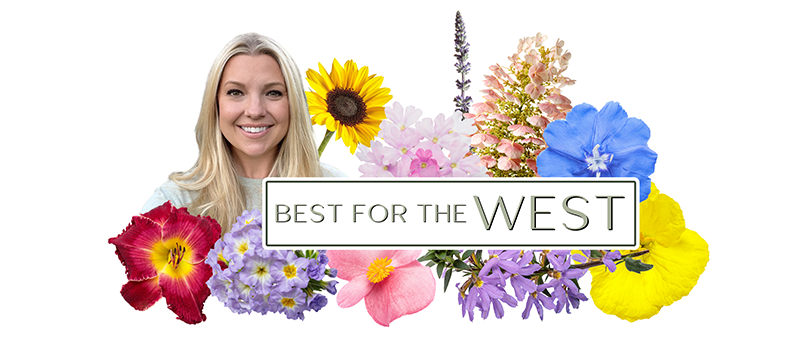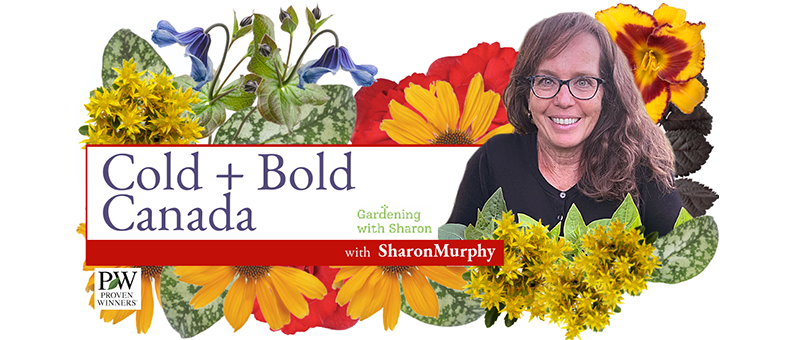Learn - Articles
Learn from an influencer in your region.
|
 Best for the West Best for the West |  Cold + Bold Canada |  Southern Gardens |  What's Up North |
Be sure to check out upcoming events to learn more.
Learn from an influencer in your region.
|
 Best for the West Best for the West |  Cold + Bold Canada |  Southern Gardens |  What's Up North |
Be sure to check out upcoming events to learn more.
Find plants you love and create idea boards for all your projects.
To create an idea board, sign in or create an account.